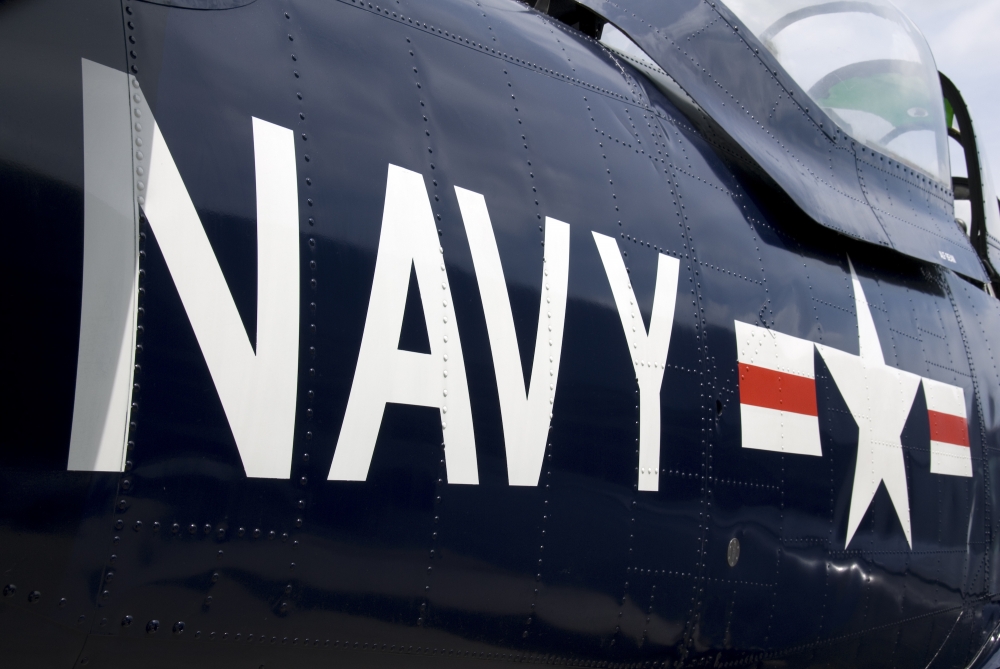
All Hands on Deck

The U.S. Navy is looking for a few good civilian workers, and UC Santa Barbara is ready to help. In a unique program to begin next summer, the university and Naval Base Ventura County will team to expose veterans and underrepresented community college students to civilian science, technology, engineering and mathematics (STEM) careers in the Navy.
Called PIPELINES, for Problem-based Initiatives for Powerful Engagement and Learning In Naval Engineering and Science, the program is the brainchild of Maria Napoli of UCSB’s Center for Science and Engineering Partnerships (CSEP). It’s designed to give veterans and others the chance to see what a Navy STEM career looks like and how they might fit in.
“I am confident that students will see value in it,” said Napoli, who manages other programs for community college students within CSEP. “I think it’s an exciting and valuable opportunity to be in a workplace environment and explore what it means to work there in a way that really helps you grow professionally.”
The Naval Facilities Engineering Command and Expeditionary Warfare Center (NAVFAC EXWC) will host 10 community college and five UCSB undergraduate students for a paid, eight-week immersion into real-world Navy engineering design problems.
The students will be split into five teams, with each assigned a UCSB graduate student, a faculty advisor and a base engineer who will serve as mentors. The teams will work independently on real-world projects and then, at the end of the term, compete in a design challenge judged by a jury of faculty and base engineers.
The 15 students also will spend one day a week at UCSB for training in entrepreneurship, which is designed to stimulate creative thinking and problem solving — attributes crucial to academic success and a career in a STEM environment.
Having experience with veterans as part of her work in CSEP, Napoli sees them as particularly well suited to STEM careers. “They have an excellent work ethic, they’re extremely motivated, on task and focused. They have the discipline, time management and leadership skills that are critical to be successful in STEM.”
Their experience in the military, she noted, also gave them “very relevant technical skills. They have worked as electricians, technicians, helicopter mechanics; that work may not be directly applicable, but they have the hands-on skills and problem-solving frame of mind that is very helpful when you work in an engineering or a science lab.”
The program is a classic win-win for everyone, Napoli said. The students get exposure to potential careers and the Navy gets a good look at potential employees. That’s important, because 50 percent of the Navy’s civilian engineers will be eligible for retirement in five years, Napoli noted.
“The base is looking at these students as potential candidates for long-term positions,” she said. “After the first summer, and if things work out well, they may come back for one of the internships that already exist at the base that target older students.”
The application process for the program, which is funded through the Office of Naval Research, is expected to be competitive. Napoli will recruit applicants throughout California.
“A very important component of this program is that we’re looking at this as an opportunity to help the Navy create a sustainable STEM pipeline,” she said. “Using an ethnographic approach, we will investigate the factors affecting veteran and minority students’ participation and academic success in STEM, with the goal of identifying and reinforcing practices that support their success.”



